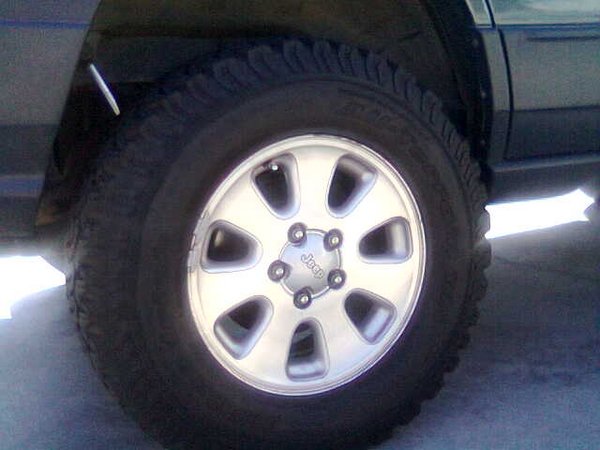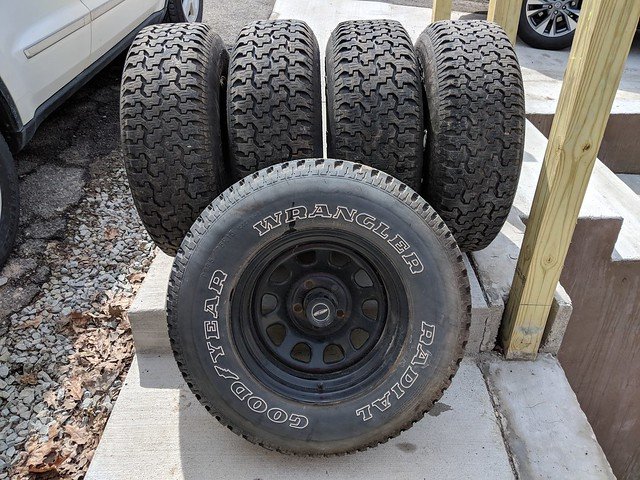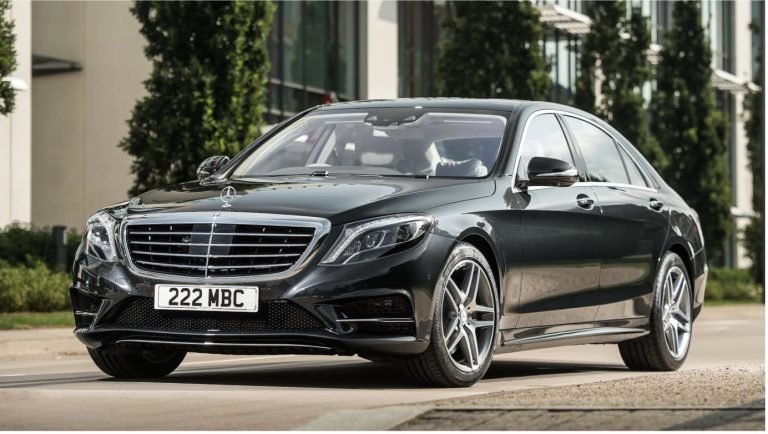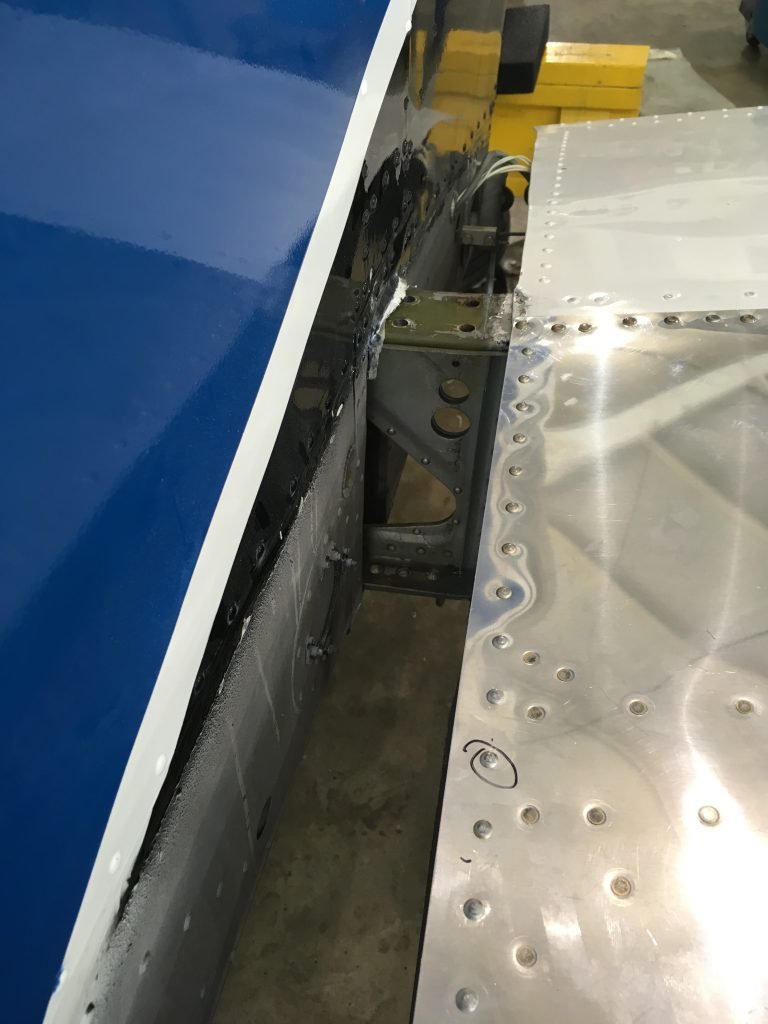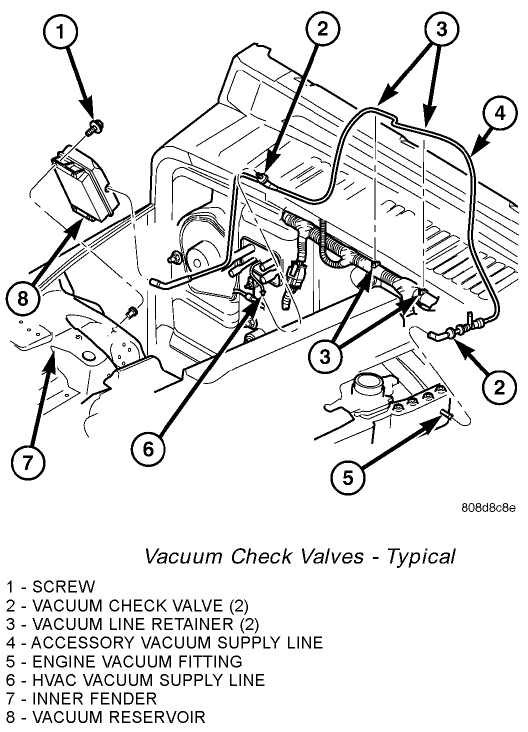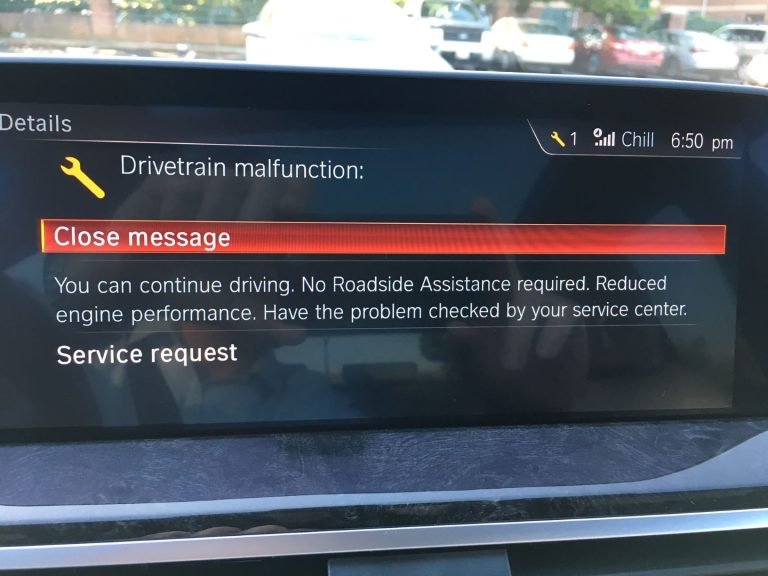31 Tires On 17 Rims
Fitting a 31-inch tire on a 17-inch rim is not an impossible task but requires a careful balance of factors including the width of the tire, the type of vehicle, and the intended use of the vehicle. These factors dictate the success and safety of the tire-rim combination.
Moving your eyes from the road to your SUV’s tires, you find yourself thinking, “Would a 31″ tire fit on a 17″ rim?” Pop culture presents large tires and rims as innovative, hip, and alluring, but what does the science – or rather, the mechanics – say about such combinations? You decide to address this question and soon find yourself deep in the world of tire and rim specifications, where each combination presents a unique set of advantages and disadvantages.
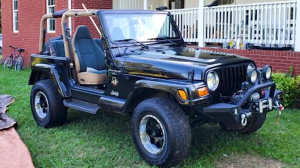
Understanding the Basics: Tire and Rim Sizes
Before diving into the feasibility and considerations of fitting a 31″ tire on a 17″ rim, it’s crucial to understand the basics of tire and rim sizes. A 31″ tire is the diameter of the tire, while the 17″ rim size refers to the diameter of the wheel rim.
The world of tire and rim sizes is volatile, with room for variation and customization. However, this freedom doesn’t necessarily mean that any tire can fit any rim. The 31″ tire and 17″ rim combination mandates certain conditions for a suitable fit.
Can a 31″ Tire Fit on a 17″ Rim?
Yes, a 31″ tire can fit on a 17″ rim. The key is to ensure that the width of the tire and the width of the rim align appropriately. Most 31″ tires align well with rim widths ranging between 8.5″ to 10″. It, therefore, becomes feasible to fit a 31″ tire on a 17″ rim that falls within this width range.
Factors to Consider when Fitting a 31″ tire on a 17″ Rim
Several factors govern the safe and efficient fit of a 31″ tire on a 17″ rim. These include:
• Vehicle Type: Larger vehicles such as SUVs and trucks can accommodate a 31″ tire on a 17″ rim more comfortably than smaller cars owing to their grounded stance and powerful suspension systems.
• Use of Vehicle: Vehicles used for off-road adventures and heavy-duty tasks can benefit from the additional traction, stability, and weight distribution offered by larger tires. On the other hand, city cars and highway drivers might find such a combination cumbersome and inefficient.
• Tire Width: A critical factor for the tire-rim combination to work. As mentioned, a 31″ tire suits a rim width of 8.5″ to 10″. A tire with a broader width requires a broader rim, and vice versa.
Frequently Asked Questions
Q. Does a Larger Tire Affect Vehicle Performance?
Yes, the size of a tire directly impacts vehicle performance. Larger tires can offer improved traction, especially on off-road terrain. However, they can also increase the vehicle’s weight, negatively impacting fuel efficiency and speed.
Q. Can I Fit a 31″ Tire on my 17″ Rim on my Own?
While technically possible, installing a new tire on a rim is best left to professionals. They have the right tools and knowledge to ensure a safe and efficient fit without damaging the tire or rim.
Final Thoughts
Fitting a 31″ tire on a 17″ rim is not an impossible task, but it does require some strategy. Purpose, performance, and fit – all intertwine to dictate the feasibility and efficacy of this combination. So, before you swap out your current tires for that catchy 31″ set on your 17″ rims, remember to weigh the pros and cons. After all, as with most things automotive, safety and practicality should always take the front seat.

